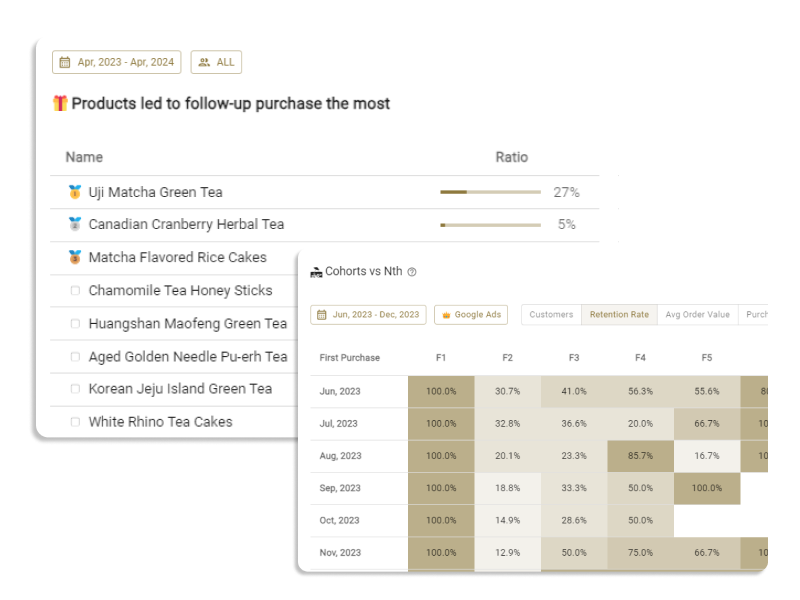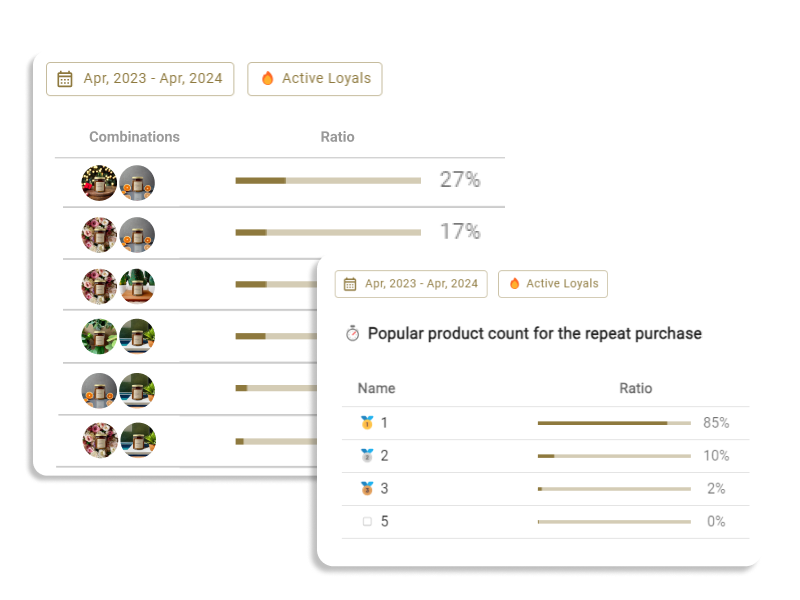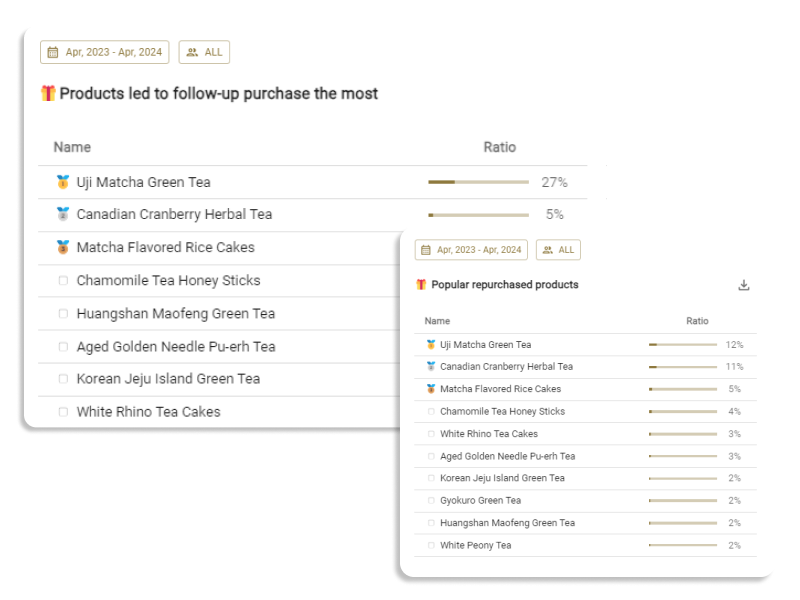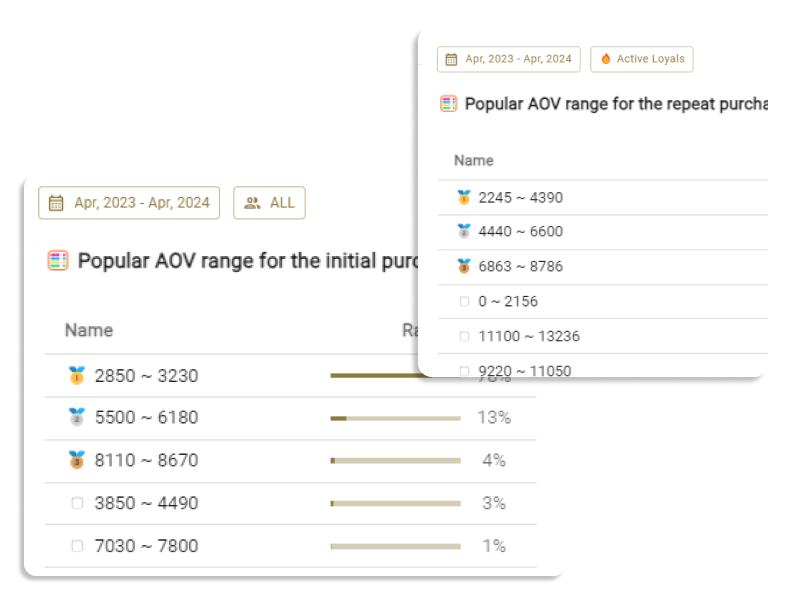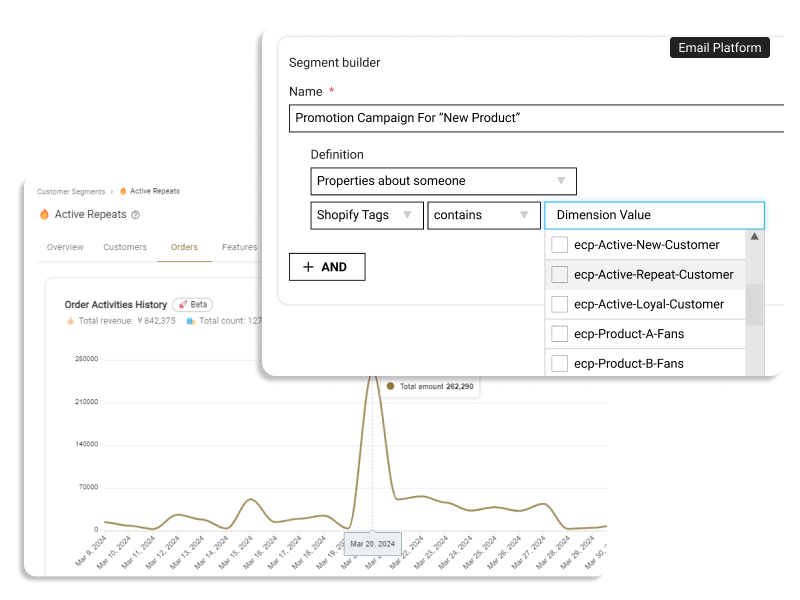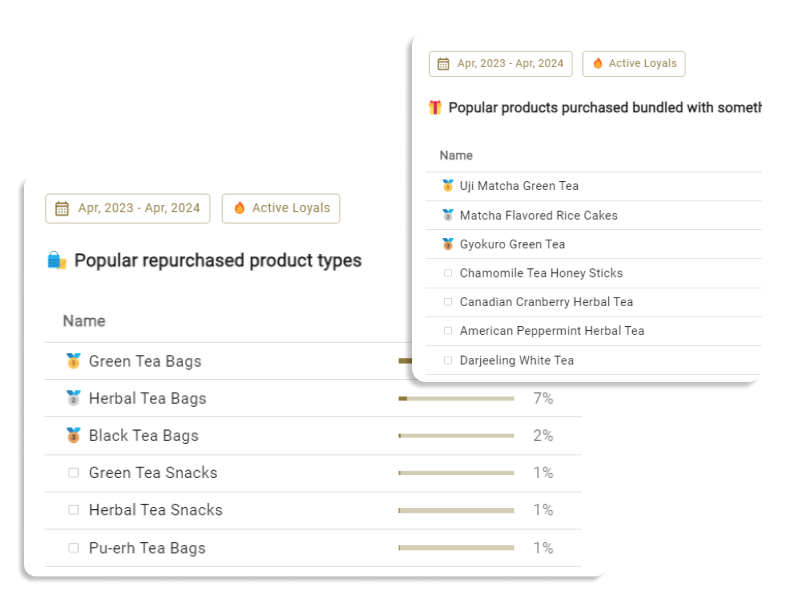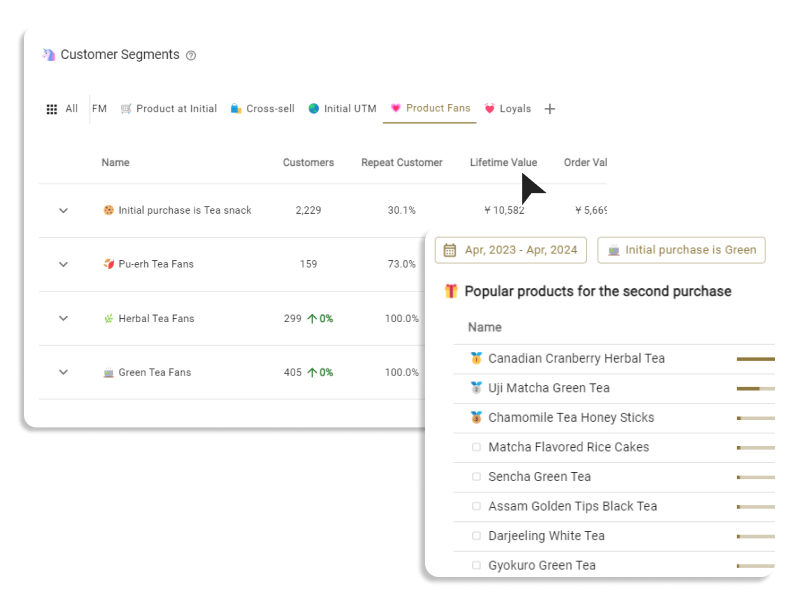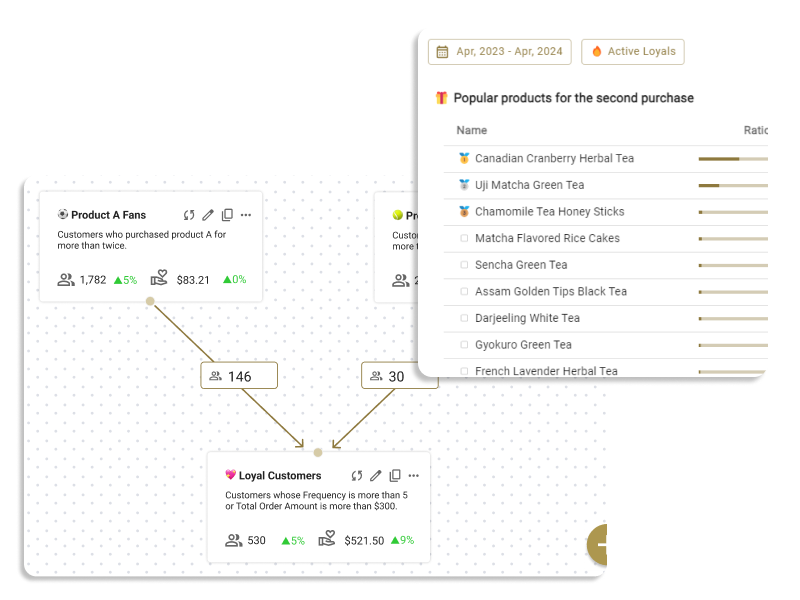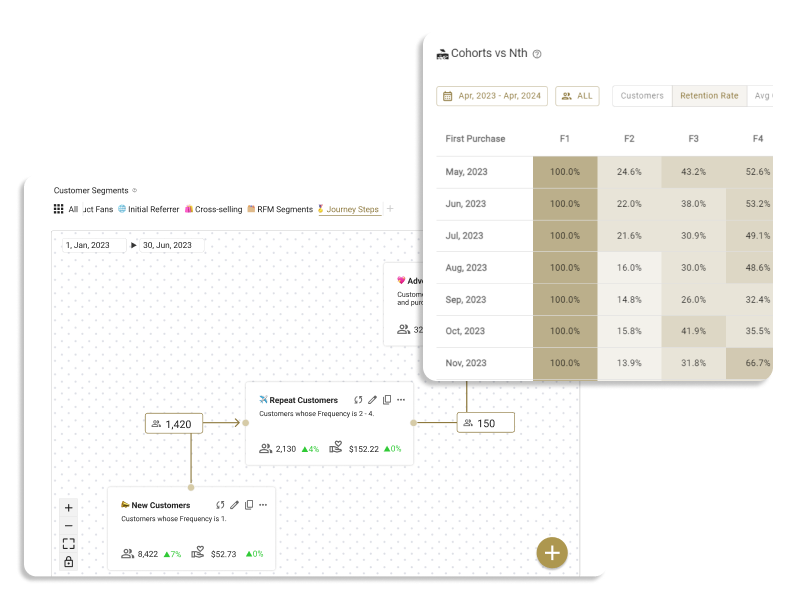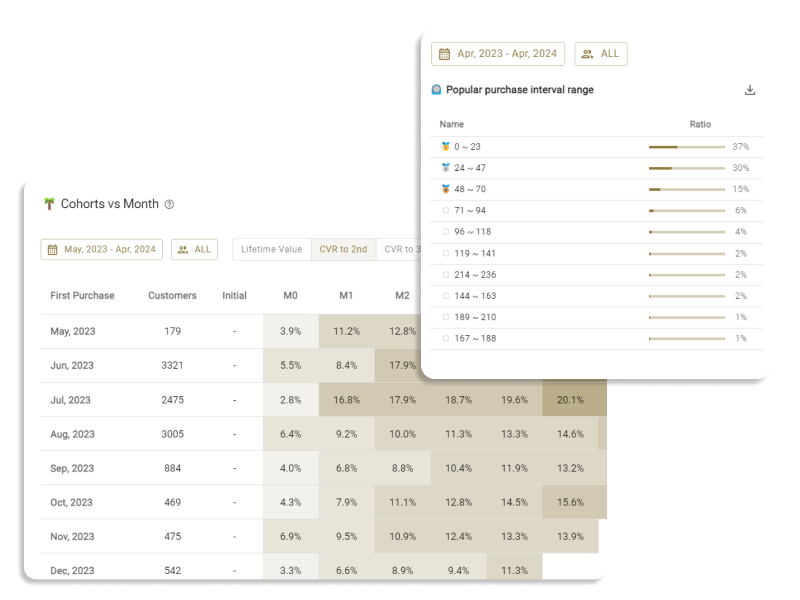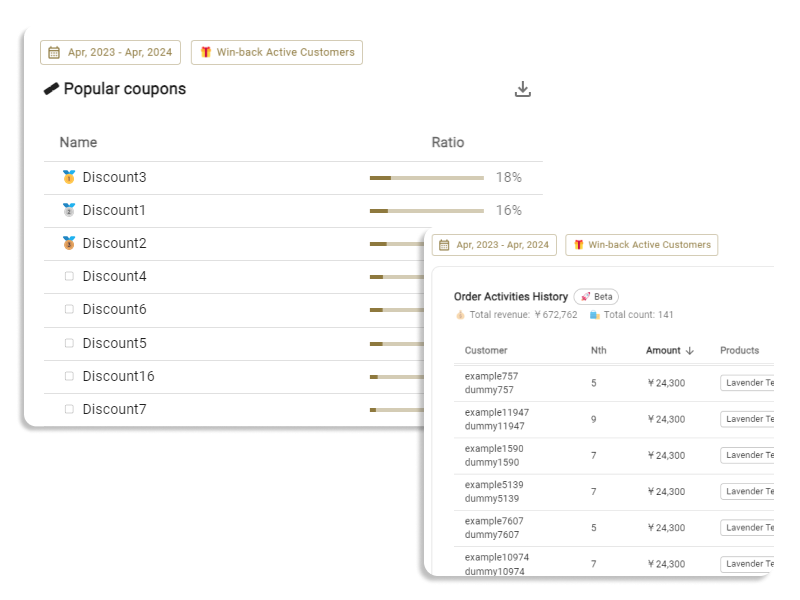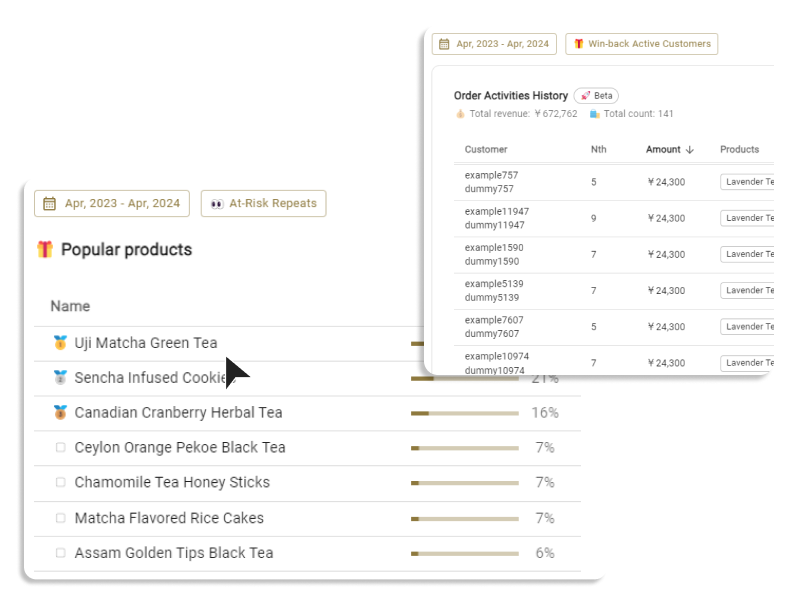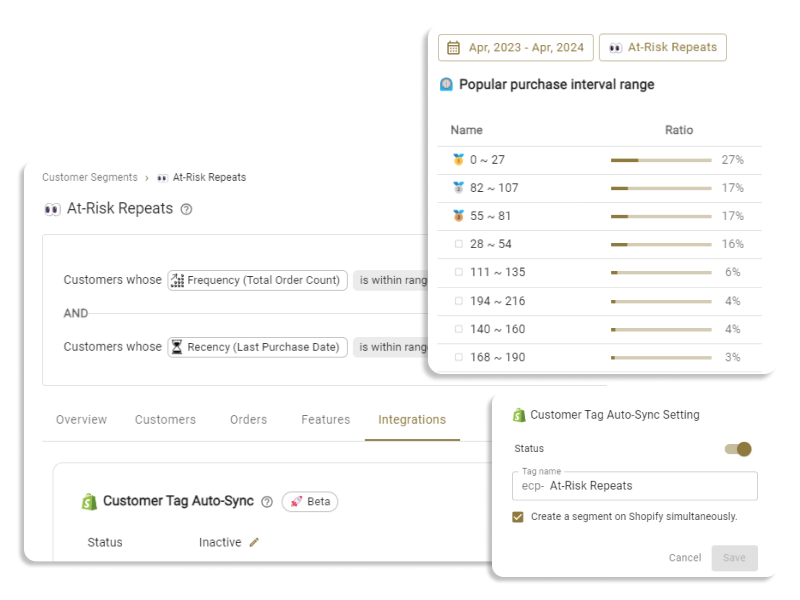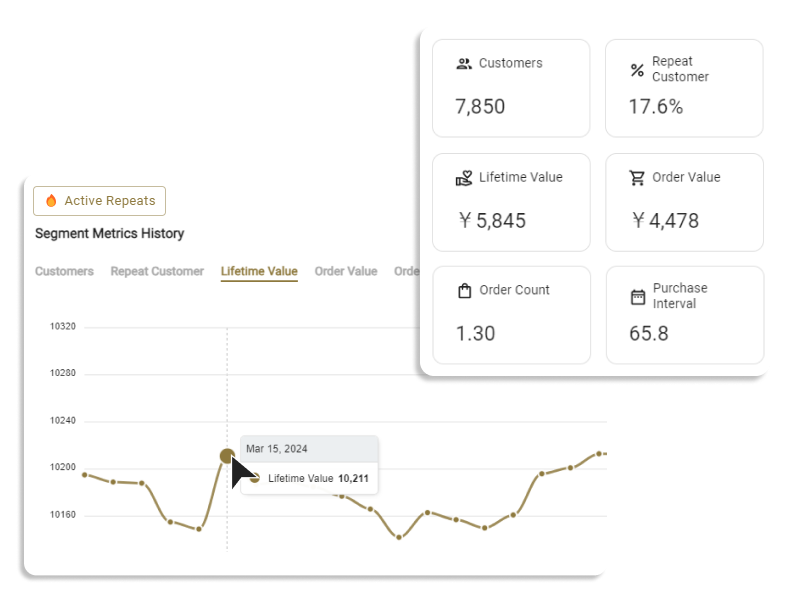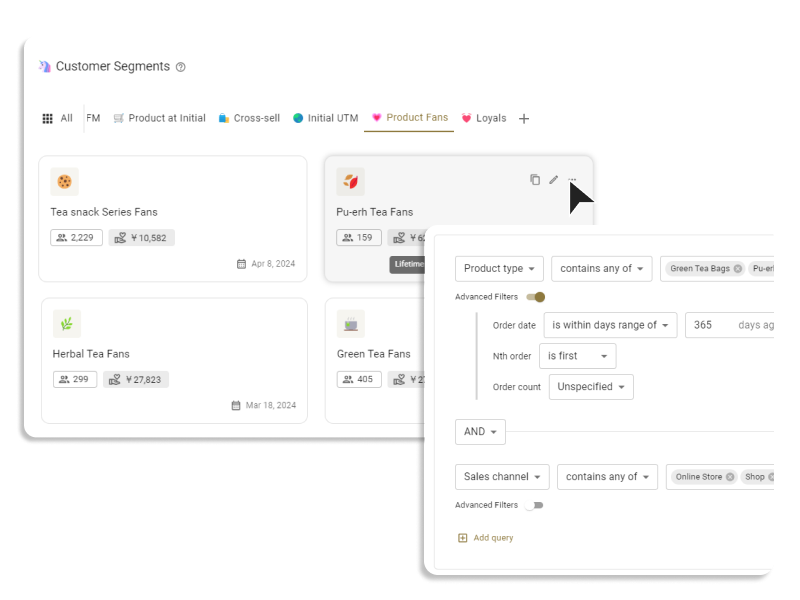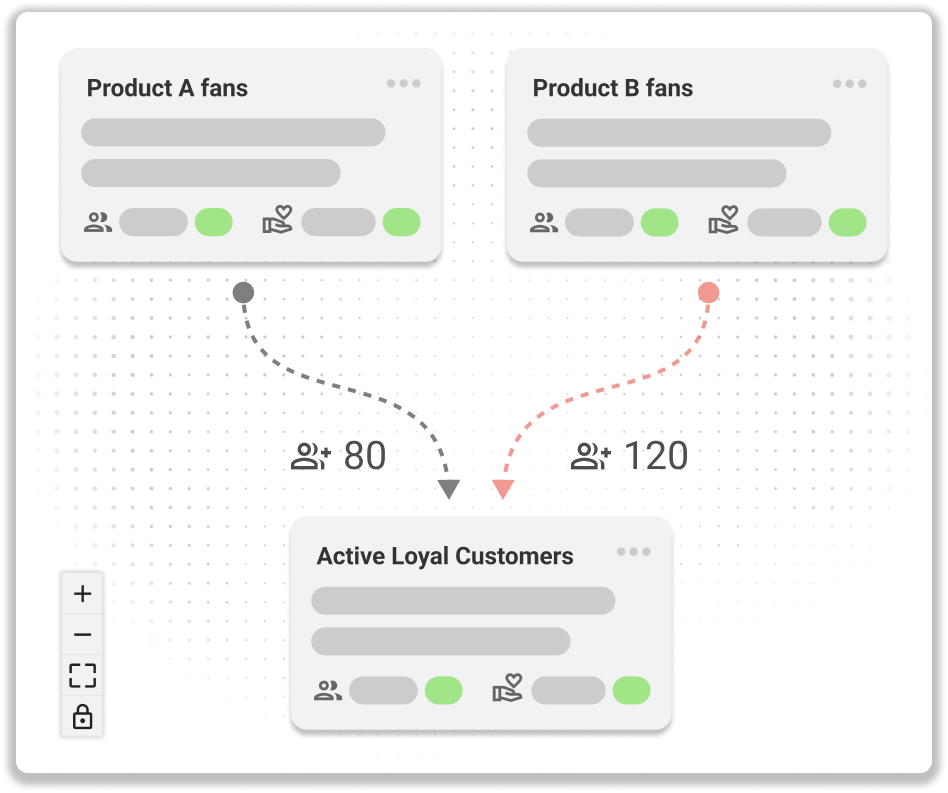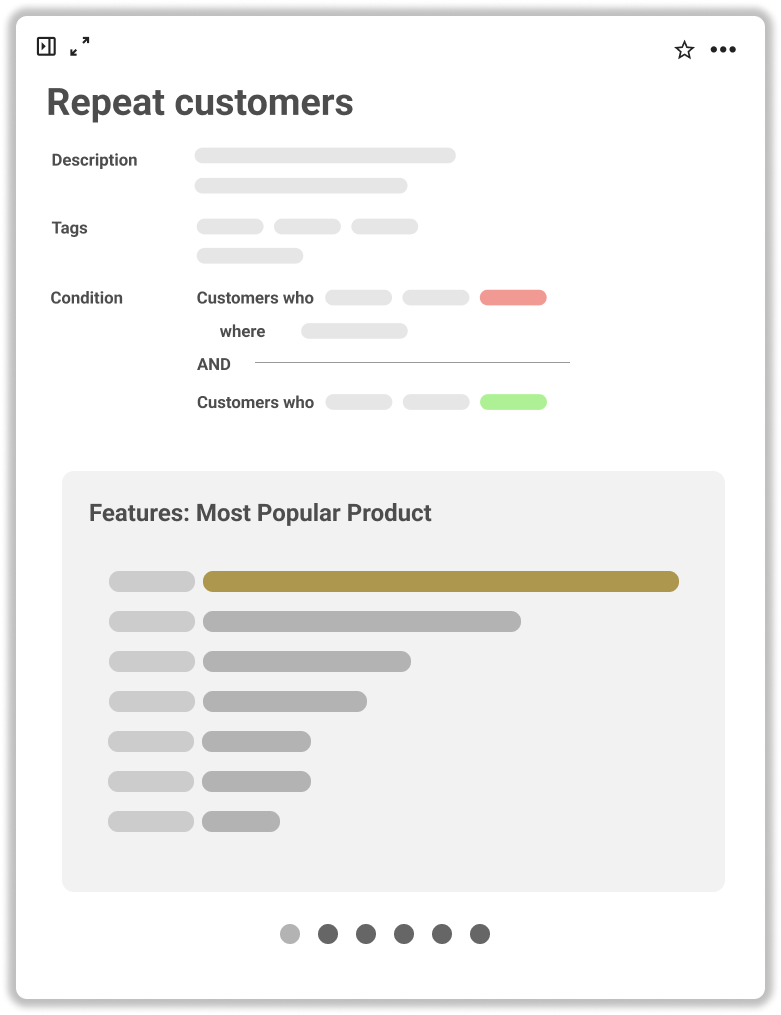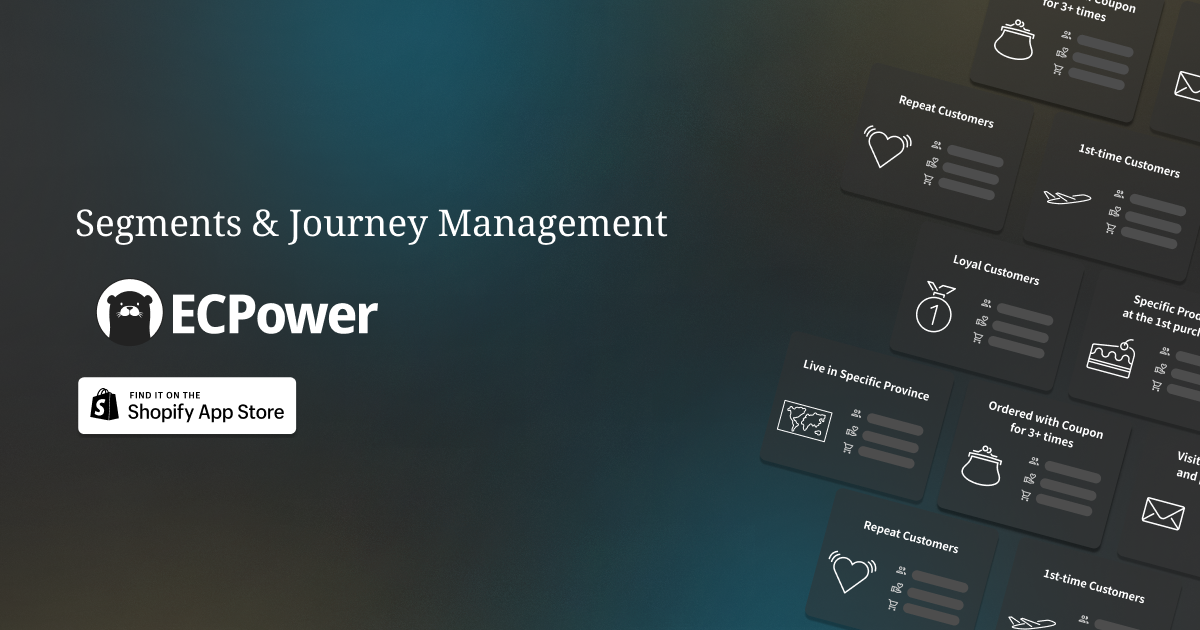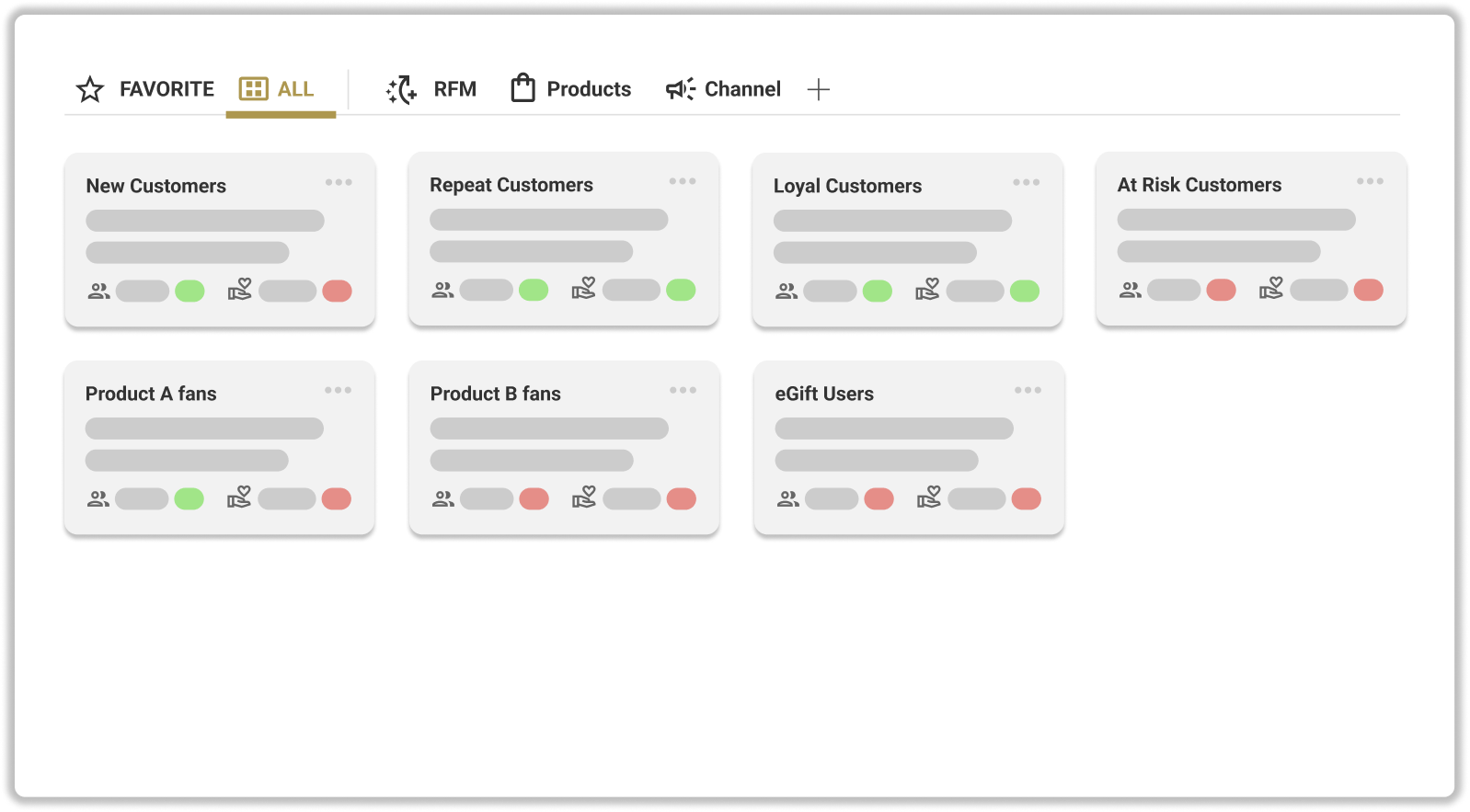Introduction
One of the methods of customer segmentation is "psychographic segmentation." With the ability to analyze a variety of consumer data in recent years, it's beneficial to understand this existing data as a form of "meaning assignment." This article is aimed at eCommerce marketing professionals who are working on improving CLV, and it explains the overview and application methods of psychographic segmentation.
What is Customer Segmentation in eCommerce?
Customer segmentation in eCommerce refers to categorizing customers based on their characteristics and behaviors. The primary types of customer segmentation include attribute segments (age, gender), psychographic segments, geographical segments (country of residence, place of residence), and behavioral segments (purchase history, actions on the site, etc.).
eCommerce businesses can comprehend the needs, purchase intentions, and purchasing trends of different types of customers through customer segmentation, enhancing customer resolution and implementing effective marketing measures.
What is Psychographic Segmentation?
Overview and Background of Psychographic Segmentation
psychographic segmentation is a method that focuses on psychographic factors such as preferences, lifestyle, attitudes, values, and purchase intentions to segment customers.
To correctly understand the positioning of this method in modern times, it's essential to touch upon its historical background. psychographic segmentation was proposed around the 1980s when objective geographic and demographic data reached its limits. Due to the diversification of consumption habits, merely categorizing consumers living in the same area and belonging to the same gender and age group was no longer sufficient for pinpointing needs. This method evolved by incorporating frameworks from social psychology and Freudian psychoanalysis, among others.
To put it candidly, these methodologies were advocated in times when detailed consumer data was scarce, with the context being "let's estimate the psychographic state by fitting it to the theory." Compared to the 1980s, modern advancements in IT and data analysis have made it possible to obtain sufficient quality and quantity of behavioral data to infer consumer psychology.
For instance, when looking at the purchase history of a certain customer, marketers often naturally speculate on the customer's purchase intentions and preferences, such as, "This person probably bought for this purpose" or "They probably have these tastes."
In addition to demographic and geographic data, the reality of today's psychographic segmentation involves attributing psychographic meanings to segments combined with objective data, such as behavioral history.
Steps to Create Psychographic Segmentation
For example, psychographic segments can be created by combining demographic, geographic, and behavioral data in the following steps:
Analyze Existing Customer Data
Combine demographic, geographic, and behavioral segmentation to find patterns or trends that indicate similar purchasing tendencies. The behavioral data utilized here might include purchasing product trends, purchase cycles, and even the day of the week or time of day when products are purchased.
Identify Common Psychographic Traits
Estimate the psychographic traits shared among customers belonging to a segment. This can include values, preferences, lifestyles, and attitudes.
Create Customer Personas
Based on the data-driven speculations and the results of the N1 Analysis, creating a "customer persona" representing the psychographic segment might deepen understanding.
A persona is a method of creating a fictional character profile that gathers demographic and geographic data, as well as preferences, behaviors, and psychographic characteristics. This makes it easier for marketers to visualize the typical image of customers in each segment, and to understand their specific needs and motivations more visually.
How to Identify Customer "Values"?
Elements like preferences and lifestyles can be inferred by effectively combining and utilizing behavioral data and geographic data. So, how should we identify "values"?
Firstly, to determine the current prevailing values among consumers, it's beneficial to consult experts, such as advertising agencies, who provide deep insights into consumers.
With that foundation, let's introduce ways to infer the values of the customer segment.
One approach involves using the depth interview to make bottom-up inferences. By conducting an in-depth interview with a customer representing the segment, diving deep into their life, way of thinking, and worldview, you can unearth the values underlying their purchasing activities.
However, customer interviews can be labor-intensive. If you already have certain hypotheses about values, you can employ a hypothesis verification cycle using the results of marketing measures.
Specifically, conduct product promotions based on the values you believe the customer segment holds, and then analyze data such as site visits and purchases in response to this promotion to derive these values.
For instance, suppose you assume customers who value environmental consciousness and sustainability. By implementing email marketing that emphasizes sustainable products and initiatives or specialized content marketing on your site, you can verify certain hypotheses by observing if there are differences in response compared to other segments.
How to Utilize Psychographic Segmentation in eCommerce
Here, we introduce several methods to utilize psychographic segments in eCommerce.
Product Recommendations
Using psychographic segmentation, you can offer product recommendations personalized to a customer's preferences and values. By narrowing down to products or content of high interest, not only can you enhance the effectiveness of individual promotions, but there's also a higher likelihood of making customers feel trust and affection toward the brand.
Segmented Email Marketing
Customize email marketing based on the psychographic segments of customers. Even if the ultimate promotional product or coupon remains the same, merely drafting content that is mindful of the customer's psychographic aspects can be effective. If the content feels relevant or important to the recipient, you can expect higher open rates, click rates, and conversion rates compared to non-segmented email campaigns.
Development of New Products or Sales Methods
By utilizing psychographic segmentation, the true needs of customers can become more apparent, allowing you to identify market gaps or unmet demands of customers. This can potentially be used in the development of new products or sales methods tailored to specific customer segments.
For example, for customer segments that feel stressed about choosing from a myriad of products and prioritize convenience and time-saving, it might be beneficial to propose services like regular subscription purchases or curated product sets.
Conclusion
psychographic segmentation is a vital element in eCommerce marketing. However, it doesn't necessarily mean that "data expressing the psychographic aspect must always be newly acquired." Understanding that the fundamental concept of psychographic segmentation is to ascribe psychographic meanings to objective datasets, such as demographic, geographical data, and behavioral history, can simplify the process.
By estimating and considering psychographic elements such as preferences, lifestyles, personalities, and values, which may not be apparent with rigid demographic or geographical data alone, eCommerce companies can execute effective marketing strategies tailored to targets.
The customer segmentation tool, ECPower, allows for the creation of "visible" customer segments based on behavioral data (purchase data), considering psychographic elements, without any coding required. If you're interested, please also check our company's product site.



